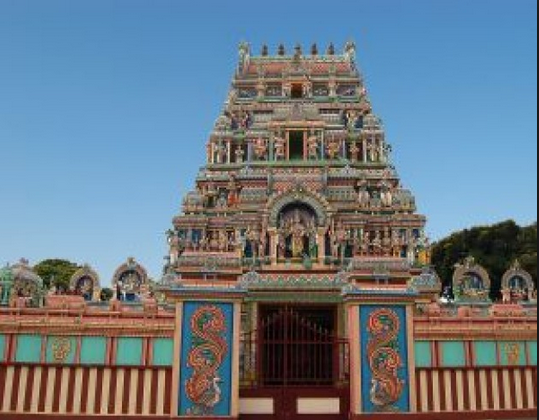 |
| Hindu Temple |
Man likes to grasp the infinite in some concrete form. This explains why temples have come into existence. Hindus believe that a temple is a place where god may be approached, where divinity may be experienced and where divine knowledge may be discovered.
Importance of Temple in Hinduism
Historically, temples have served several purposes, some of which are listed below:
- A temple well sited and built in accordance with the Shastras can define a place. Tirupathi, for instance, has come to be defined by the presence of the Venkateswara temple. Kanchipuram in the south and Kashi in the north are places famous for the presence of several important temples.
- A temple that can attract pilgrims in significant numbers can contribute considerably to the economy of that village or town. A temple that can attract pilgrims throughout the year has an even more significant impact, economically and culturally on the place of it’s siting.
- A temple also demonstrates the wealth, status and piety of the personage who commissioned it. The more ornate the temple, the greater the wealth and the power of the builder. Personages belonging to the royalty, the nobility or the cream of the mercantile class were the ones who usually commissioned temples.
- They not only had to pay for the construction of the temple but also for it’s maintenace. They did this by giving grants of large tracts of land, the produce of which went to the upkeep of the temple and also by contributing sums of money, livestock and quantities of jewels or precious metals. Temple inscriptions and Sthala Puranas attest to this.
- The Mandapas or the halls of the temple were/are places where people gather(ed) for social and cultural intercourse.
- The temples also helped fulfill public utility functions. For instance, the temple tank served as a reservoir of water which could be used by the public. The tank also helped store rainwater and replenish water aquifers around the temple area, benefiting all those who had laid wells in that area.
- Temples also served as centres of art and culture. Even the building of a temple with it’s ornamented pillars, walls and roof, it’s murals and frescoes and other adornments like sculptures and jewelled elements required a large number of skilled artists and artisans of different categories and made it a treasure house of art.
The performing arts including traditional dance and music also found a permanent home in and around major temples. In fact the tradition of devadasis or temple dancers and classical music and composition owes much to religion and the institution of the temple.











